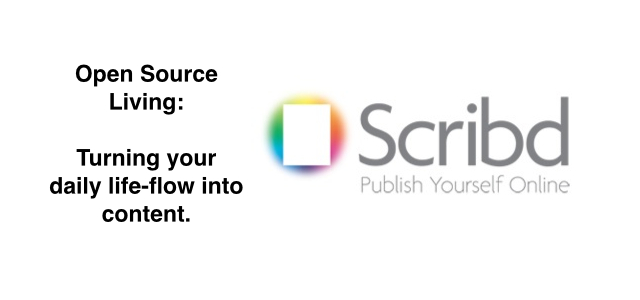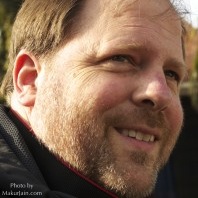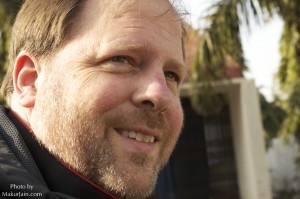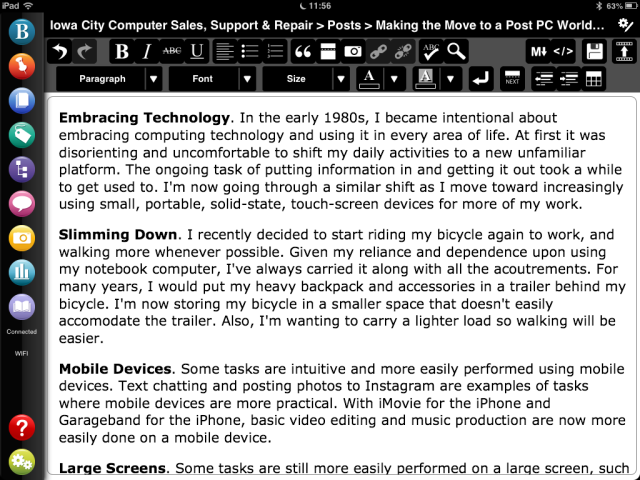According to my sister, the “pearl of great price” for our week-long
adventure was to be found in a little Iowa town which will remain nameless
in this story. I must say, a vacation to a sleepy town in Iowa seemed like a
mistake, however, I don’t remember my big sister ever making any mistakes
and I couldn’t imagine that she would begin now. So, with complete faith, I
agreed to go on this mystical journey.
As we pulled into town, we saw what appeared to be a welcome sign in
someone’s yard. How delightful! Yet, upon closer inspection, we discovered
the sign looked more like a tomb stone. It read, “Here lies the last dog
that pooped on my lawn.” We continued driving.
As we drove around town, we concluded that this was a typical small Iowa
community.
However, as we checked into our room at the small town motel I knew
something was a little different when I saw a Mezuzah on every doorframe of
the motel. Placing Mezuzah on doorframes is a Biblical tradition that is
based on Deuteronomy 6:4-9 and 11:18-21. I was reminded of the Hotels in
Israel that have Mezuzah on the entryway to every room.
Well, from this point on, there were so many stark contrasts from moment to
moment that it is difficult to provide much in the way of a transitional
story line, so I’ll just describe various “snapshots” from our week-long
excursion.
As we entered the antique shop, it was as if we had gone “back in time” some
120 years. The date was 1877, and I was listening to the words of Reverend
Bernard O’Reilly from his book “The Mirror of True Womanhood – a book of
instruction for women in the world.” My sister was reading aloud, with
astonishment, about how women should conduct themselves, how women were
supposed to run their homes, and what was considered appropriate and
inappropriate reading for women. Before us were many books that dated back
about 100 years. There was a box camera from the early 1900s. On the floor
was a cobbler’s working stand for making and repairing shoes. Even the shop
owner dated back to the early 1900s.
Later, we found ourselves in an authentic Mexican shop / restaurant. People
were speaking Spanish with a Mexican accent. I could understand most of what
they were saying. My Sister and I browsed the shelves. We discovered
clothes, music, magazines, candles, groceries, and religious products. Most
of the labels were in Spanish. We decided to eat lunch there. The authentic
Mexican food was wonderful.
We were browsing a small but impressive Jewish grocery store and restaurant
when an orthodox Lubavitcher Rabbi approached me. “You are from Cedar
Rapids,” he exclaimed, reaching his hand out to greet me. I had never seen
the man before in my life. I shook his hand and politely said hello. Then he
immediately asked if my Jewish friend was with me, mentioning my friend by
name. How did he know my Jewish friend’s name? He told me that he had spoken
with my Jewish friend, and this friend of mine would be arriving at any
moment. This was very confusing. The only explanation I could think of was
that by some amazing coincidence, my friend had actually planned to be in
the same small Iowa town, in the same shop, on the same day my sister and I
were visiting and that my friend perhaps knew this Rabbi. In any event, it
was an interesting exchange. When I looked up and saw 32 clocks on the wall
(one from just about every time zone), I realized it was time to go. I felt
a little like Alice in Wonderland.
Later in the same shop, I met a young Israeli man. We shared our love for
the land of Israel and visited about various places we had been. “Shalom” we
said as we departed. My sister and I sat down to eat. From our table we had
a stunning “view of the Western Wall” through an archway. This view was so
authentic! It was hard to believe it was a hand painted mural. As much as
possible, I explained the various details of the Western Wall to my sister
as we ate authentic Israeli falafels and sampled from about 10 other
authentic Israeli salads, meals, and foods that stretched the length of our
table. As I examined the Western Wall, I realized it looked different than I
remembered it from my visit to Jerusalem. I knew this was Jerusalem, but
when? Was it from the past? I asked the chef, who explained that the mural
was created by an artist who took some creative liberties in painting it. I
decided that the mural showed Jerusalem of the future. There were pine trees
growing on the top of the wall and only a few stones remained of the “Dome
on the Rock.” The division between men and women had been removed in the
plaza. There were many people in the plaza, all in prayer facing the wall.
__________________
* The above article was written in 2001 after a trip to visit Postville, Iowa. The photo above is from 2017.











